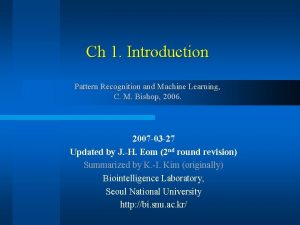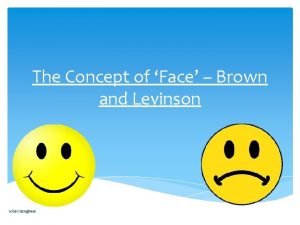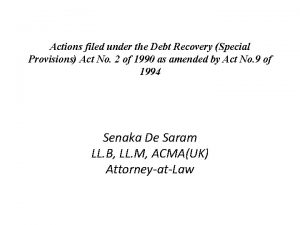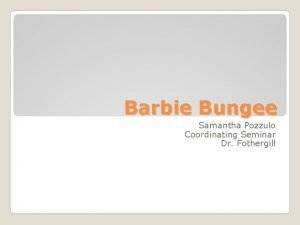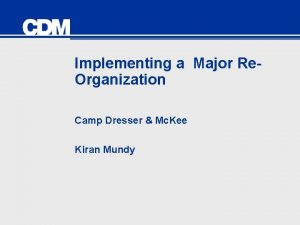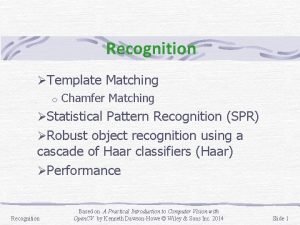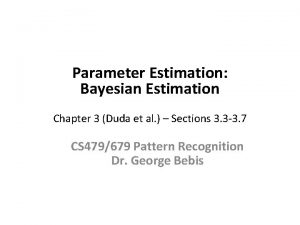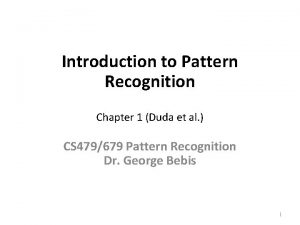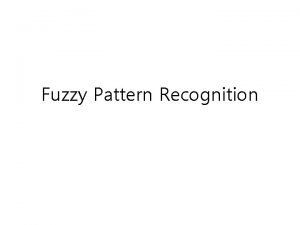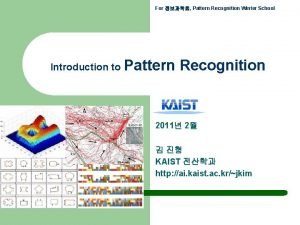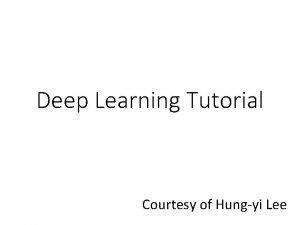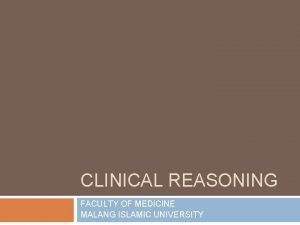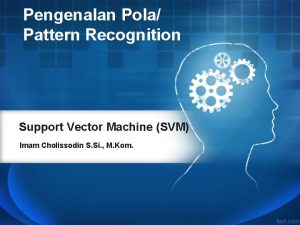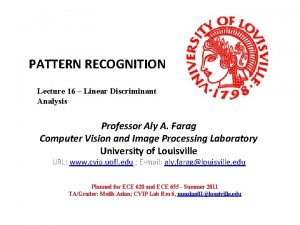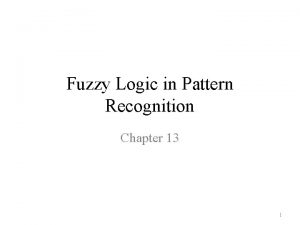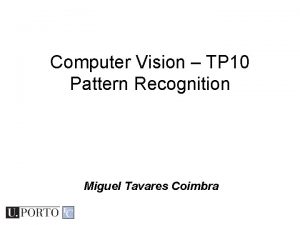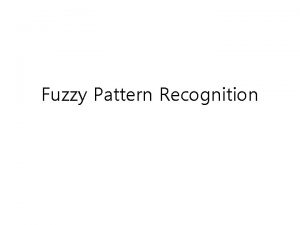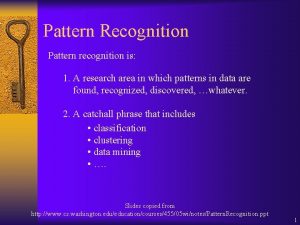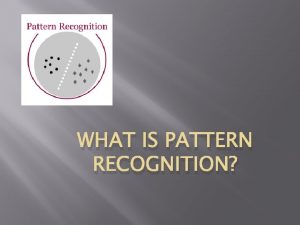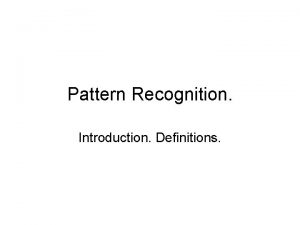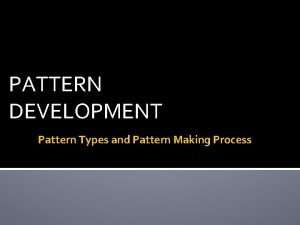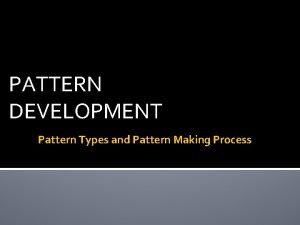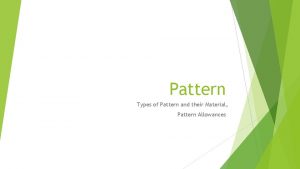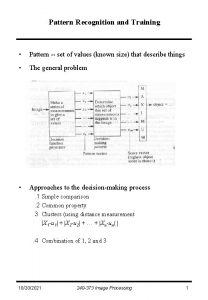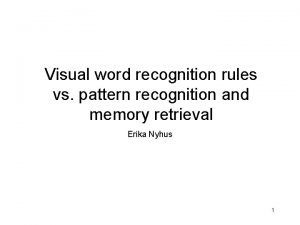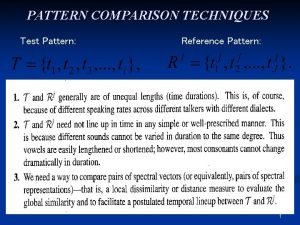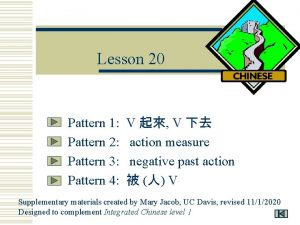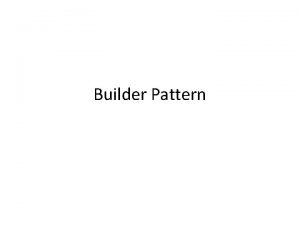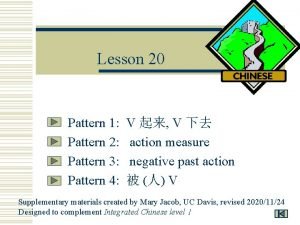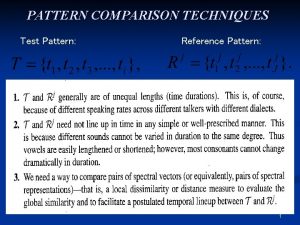Pattern recognition DR KIRAN VEERA ED PHYSICIAN AND




























- Slides: 28

Pattern recognition DR KIRAN VEERA ED PHYSICIAN AND CO-DEMT BENDIGO HEALTH

Rate Rhythm Axis Intervals Chamber enlargements Ischaemia


75 yo male with HTN, DM-2 complains of angina What does this ECG show?


LMCA Obstruction




LMCA Obstruction Widespread horizontal ST depression ST elevation in a. VR ≥ 1 mm ST elevation in a. VR ≥ V 1

Also seen in Prox LAD obstruction Severe Triple vessel disease Diffuse subendocardial ischaemia PE, LVH with strain, LBBB(including PPM), SVTs, hypok+, aortic dissection, Na ch pathology (TCA, Brugada etc), severe anaemia

In the presence of anginal symptoms, STE in a. VR + STE in V 1 - Highly predictive of LMCA or Prox LAD obstruction STE in a. VR > STE in V 1 - almost always indicates a LMCA obstruction (81% sensitive and 80% specific)

Patient had a severe ostial LAD thrombus that was close to the left main.

Another classic example of the LMCA / 3 VD ECG pattern

I would treat a patient with LMCA obstruction with all the following except: Aspirin Clopidogrel Heparin Early Cath lab

40 yo female with anxiety, palpitations and pseudoseizures


Brugada Syndrome

• RBBB-like pattern with secondary R’ wave following the QRS complex. • ST elevation at the J point > 2 mm with a “coved” • T wave inversion



Diagnosis ECG plus one of the following: Documented VF or VT Family history of SCD at <45 years old Coved-type ECGs in family members Syncope Nocturnal agonal respiration Only proven therapy is ICD

Take Home points Consider Brugada syndrome in any patient presenting after syncope ECG: (I)RBBB + STE in V 1 - V 2 Coved STE is most concerning Discuss/ refer to electrophysiologist

50 yo male with syncope


Trifascicular block

But AVN is not a fascicle - why is it a trifascicular block?

 Seikkailijan lupaus
Seikkailijan lupaus Cm bishop pattern recognition and machine learning
Cm bishop pattern recognition and machine learning Positive face negative face
Positive face negative face Kiran adobe
Kiran adobe Peripheral giant cell granuloma
Peripheral giant cell granuloma Kiran embedded
Kiran embedded Kiran ramchandani
Kiran ramchandani Financial management definition
Financial management definition Kiran atapattu vs pan asia bank
Kiran atapattu vs pan asia bank Kiran abraham
Kiran abraham Kiran fothergill
Kiran fothergill ओके गूगल
ओके गूगल Kiran mundy
Kiran mundy Shashi kiran shetty net worth
Shashi kiran shetty net worth Template matching pattern recognition
Template matching pattern recognition Bayesian parameter estimation in pattern recognition
Bayesian parameter estimation in pattern recognition Introduction to pattern recognition
Introduction to pattern recognition Fuzzy classification in pattern recognition
Fuzzy classification in pattern recognition Design cycle of pattern recognition
Design cycle of pattern recognition Pattern recognition
Pattern recognition Pattern recognition lab
Pattern recognition lab Pattern recognition clinical reasoning
Pattern recognition clinical reasoning Contoh pattern recognition
Contoh pattern recognition Discriminant function in pattern recognition
Discriminant function in pattern recognition Fuzzy logic in pattern recognition
Fuzzy logic in pattern recognition Pattern recognition
Pattern recognition Pattern recognition horse
Pattern recognition horse Direct wax pattern technique
Direct wax pattern technique Contoh template matching
Contoh template matching

